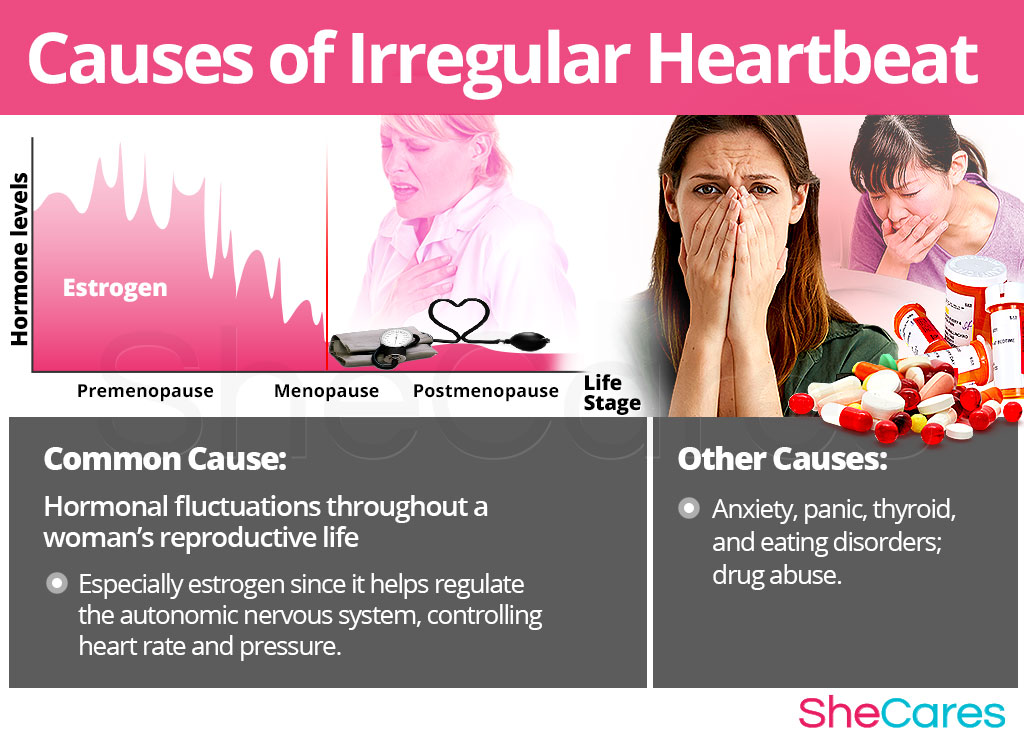First Class Tips About How To Tell If You Have Irregular Heartbeat

An irregular heartbeat is an arrhythmia.
How to tell if you have irregular heartbeat. Arrhythmias might cause a very fast heartbeat. To find your heart rate manually: An arrhythmia is an abnormal heart rhythm.
A physical exam and checking your pulse. Some of the most common symptoms associated with a cardiac arrhythmia include: You may be able to tell if you have a regular or irregular heart beat by checking your pulse.
The best type of treatment for you depends on what causes your heart palpitations. There are two upper chambers. You may have an exercise stress test on a treadmill or stationary bike to measure your heart’s response to exertion.
Fluttering and heart palpitations are telltale signs of arrhythmia, including afib. When you have heart palpitations, your heartbeat feels uncomfortable or unusual. A heart arrhythmia may not cause any symptoms.
You may not need any treatment. An arrhythmia is a problem with the rate or rhythm of your heartbeat. Some signs of an irregular heartbeat include heart palpitations or fluttering sensations, dizziness, fatigue, and excessive sweating.
Your heartbeat may feel like it is: It means that your heart beats too quickly, too slowly, or with an irregular. This is important because an irregular heart beat may be a sign you have a.
A fluttering, pounding or racing feeling in the chest. If your heart is beating. Other serious heart problems, such as heart attack, have similar warning signs.
Occasionally heart palpitations can be a sign of a serious problem, such as an irregular heart rhythm (arrhythmia). If your heart beats too quickly, too slowly, or in an irregular pattern, you might have a condition called an arrhythmia [1]. Symptoms of an arrhythmia may include:
The feeling of an abnormal heartbeat can be scary. Patients might also be asked to wear a. The irregular heartbeat may be noticed during a health checkup for another reason.
To screen for irregular heartbeat and diagnose the type, your doctor may take your medical history and do some tests, such as: There are multiple different types of. Using the tips of your first two fingers, press lightly over the artery.


















